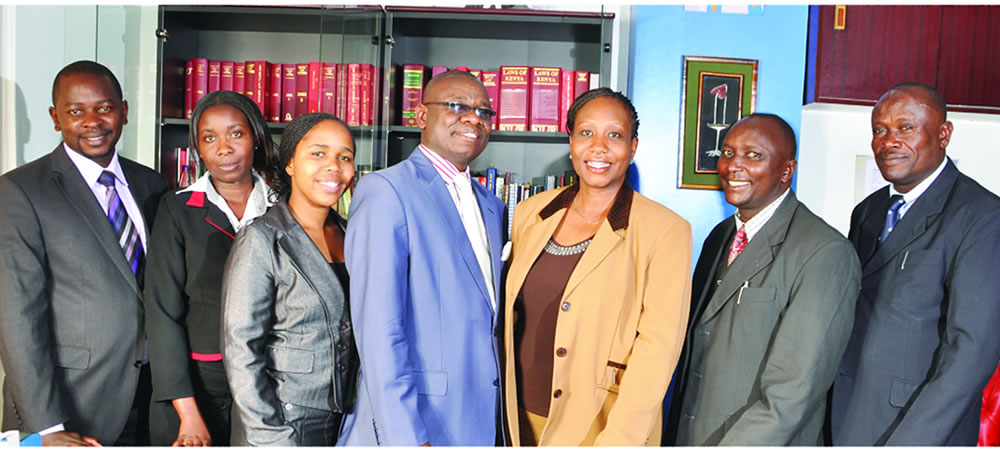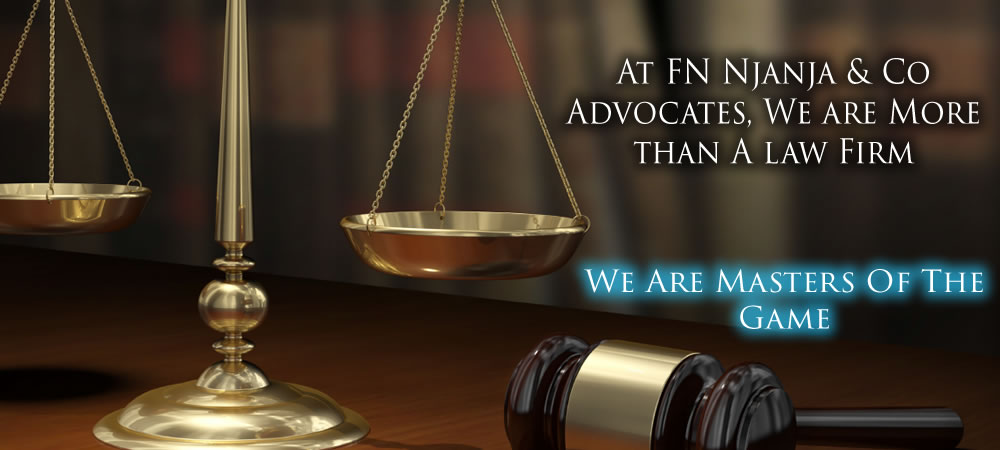Area of special Interests; Criminal forensics
 Criminal forensics is a powerful tool to fight crime. This simply means, using science and technology to fight crime. Forensic evidence simply stated, is use of technological evidence which is precise and of high definition value. This will either confirm or acquit a suspect without any room for mistakes. We are specialized in the following facets of forensic science;
Criminal forensics is a powerful tool to fight crime. This simply means, using science and technology to fight crime. Forensic evidence simply stated, is use of technological evidence which is precise and of high definition value. This will either confirm or acquit a suspect without any room for mistakes. We are specialized in the following facets of forensic science;
- Art forensics concerns the art authentication cases to help research the work’s authenticity. Art authentication methods are used to detect and identify forgery, faking and copying of art works, e.g. paintings.
- Computational forensics concerns the development of algorithms and software to assist forensic examination.
- Criminalistics is the application of various sciences to answer questions relating to examination and comparison of biological evidence, trace evidence, impression evidence (such as fingerprints, footwear impressions, and tire tracks), controlled substances, ballistics, firearm and toolmark examination, and other evidence in criminal investigations. In typical circumstances evidence is processed in a Crime lab.
- Digital forensics is the application of proven scientific methods and techniques in order to recover data from electronic / digital media. Digital Forensic specialists work in the field as well as in the lab.
- Forensic accounting is the study and interpretation of accounting evidence.
- Forensic aerial photography is the study and interpretation of aerial photographic evidence.
- Forensic chemistry is the study of detection and identification of illicit drugs, accelerants used in arson cases, explosive and gunshot residue.
- Forensic dactyloscopy is the study of fingerprints.
- Forensic document examination or questioned document examination answers questions about a disputed document using a variety of scientific processes and methods. Many examinations involve a comparison of the questioned document, or components of the document, with a set of known standards. The most common type of examination involves handwriting, whereby the examiner tries to address concerns about potential authorship.
- Forensic DNA analysis takes advantage of the uniqueness of an individual’s DNA to answer forensic questions such as paternity/maternity testing and placing a suspect at a crime scene, e.g. in a rape investigation.
- Forensic intelligence process starts with the collection of data and ends with the integration of results within into the analysis of crimes under investigation.
- Forensic odontology is the study of the uniqueness of dentition, better known as the study of teeth.
- Forensic pathology is a field in which the principles of medicine and pathology are applied to determine a cause of death or injury in the context of a legal inquiry.
.jpg) Forensic podiatry is an application of the study of feet footprint or footwear and their traces to analyze scene of crime and to establish personal identity in forensic examinations.
Forensic podiatry is an application of the study of feet footprint or footwear and their traces to analyze scene of crime and to establish personal identity in forensic examinations.- Forensic psychiatry is a specialized branch of psychiatry as applied to and based on scientific criminology.
- Forensic psychology is the study of the mind of an individual, using forensic methods. Usually it determines the circumstances behind a criminal’s behavior.
- Forensic serology is the study of the body fluids.
- Forensic toxicology is the study of the effect of drugs and poisons on/in the human body.
- Forensic video analysis is the scientific examination, comparison and evaluation of video in legal matters.
- Mobile device forensics is the scientific examination and evaluation of evidence found in mobile phones, e.g. Call History and Deleted SMS, and includes SIM Card Forensics.
- Trace evidence analysis is the analysis and comparison of trace evidence including glass, paint, fibres and hair (e.g., using micro-spectrophotometry).
- Blood Spatter Analysis is the scientific examination of blood spatter patterns found at a crime scene to reconstruct the events of the crime.
- Forensic Investigation also known as forensic audit is the examination of documents and the interviewing of people to extract evidence.
- Forensic Ballistic examination involves evaluation and collection of evidence from used firearms and ammunitions.






